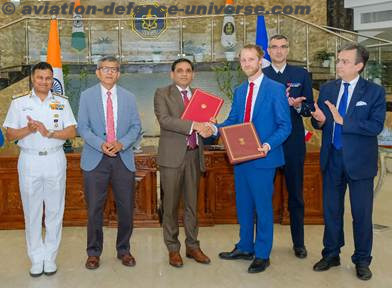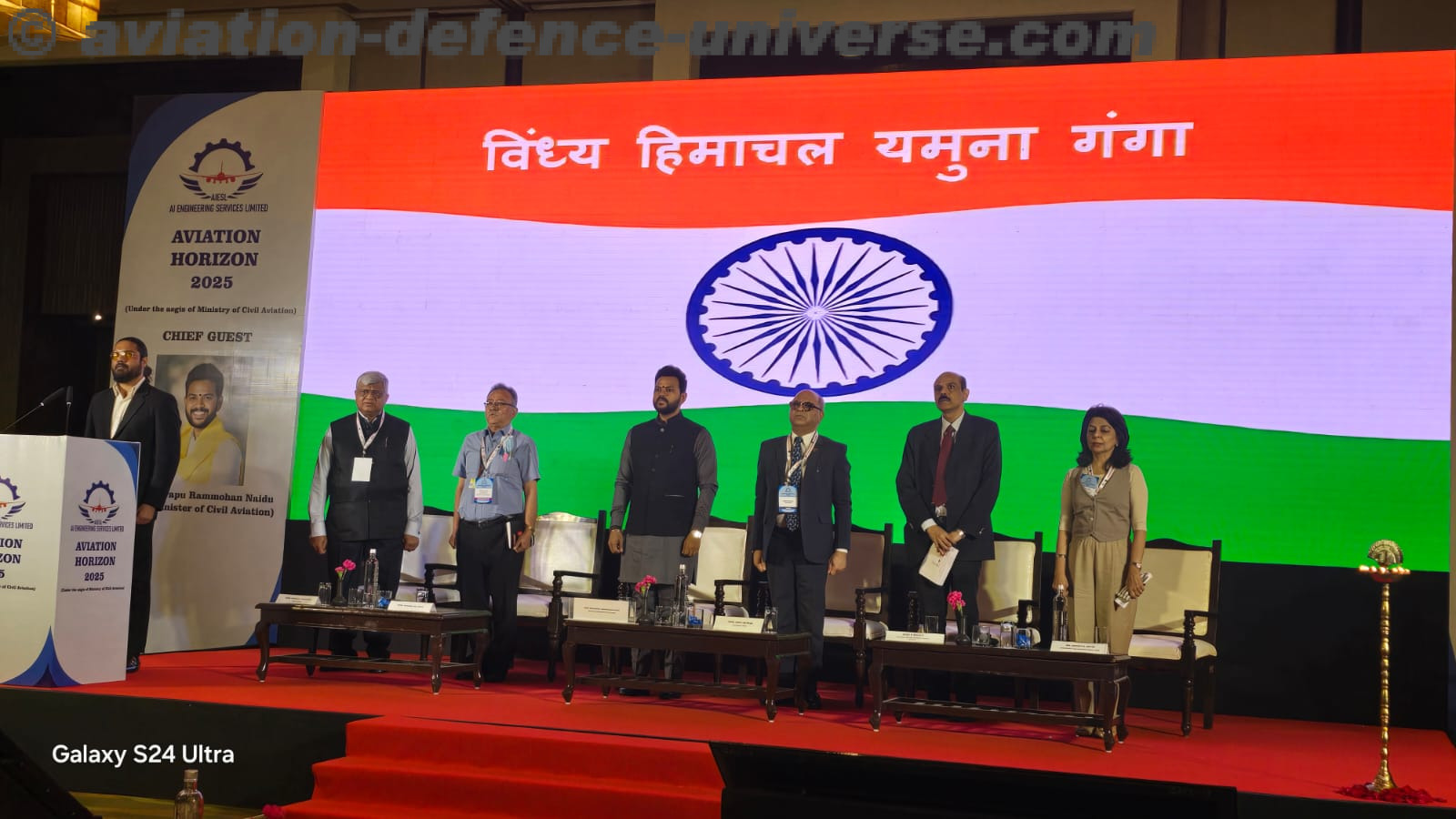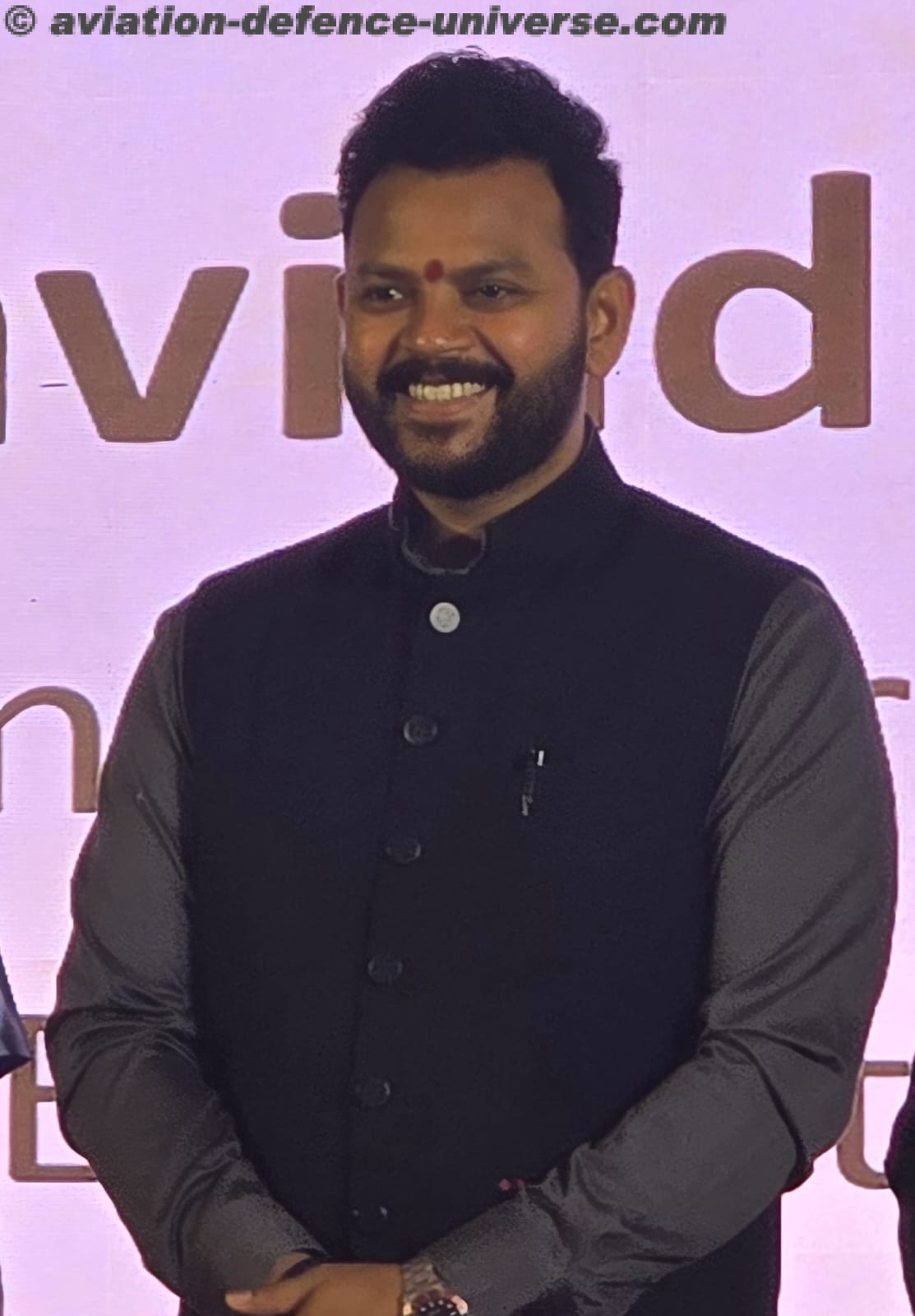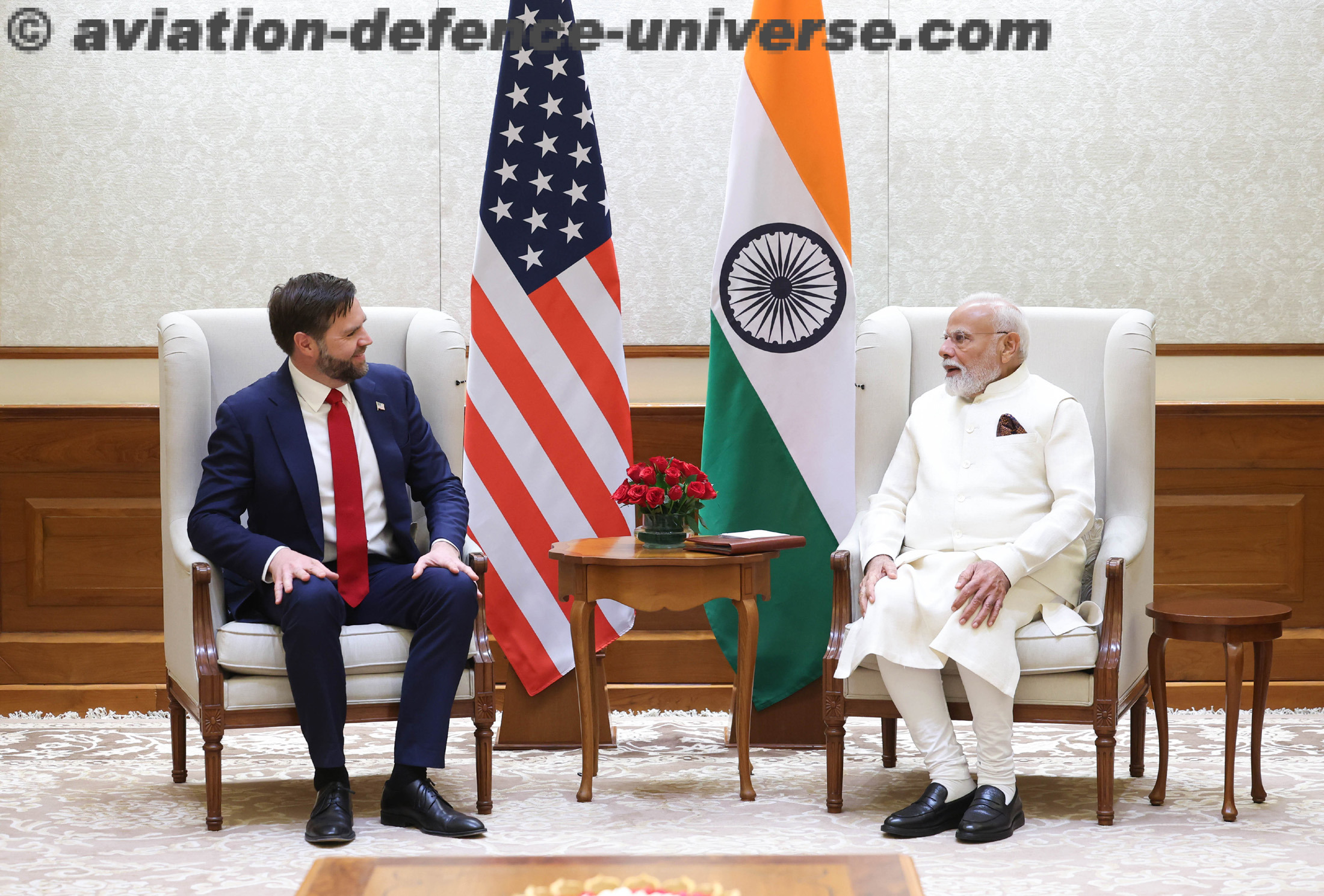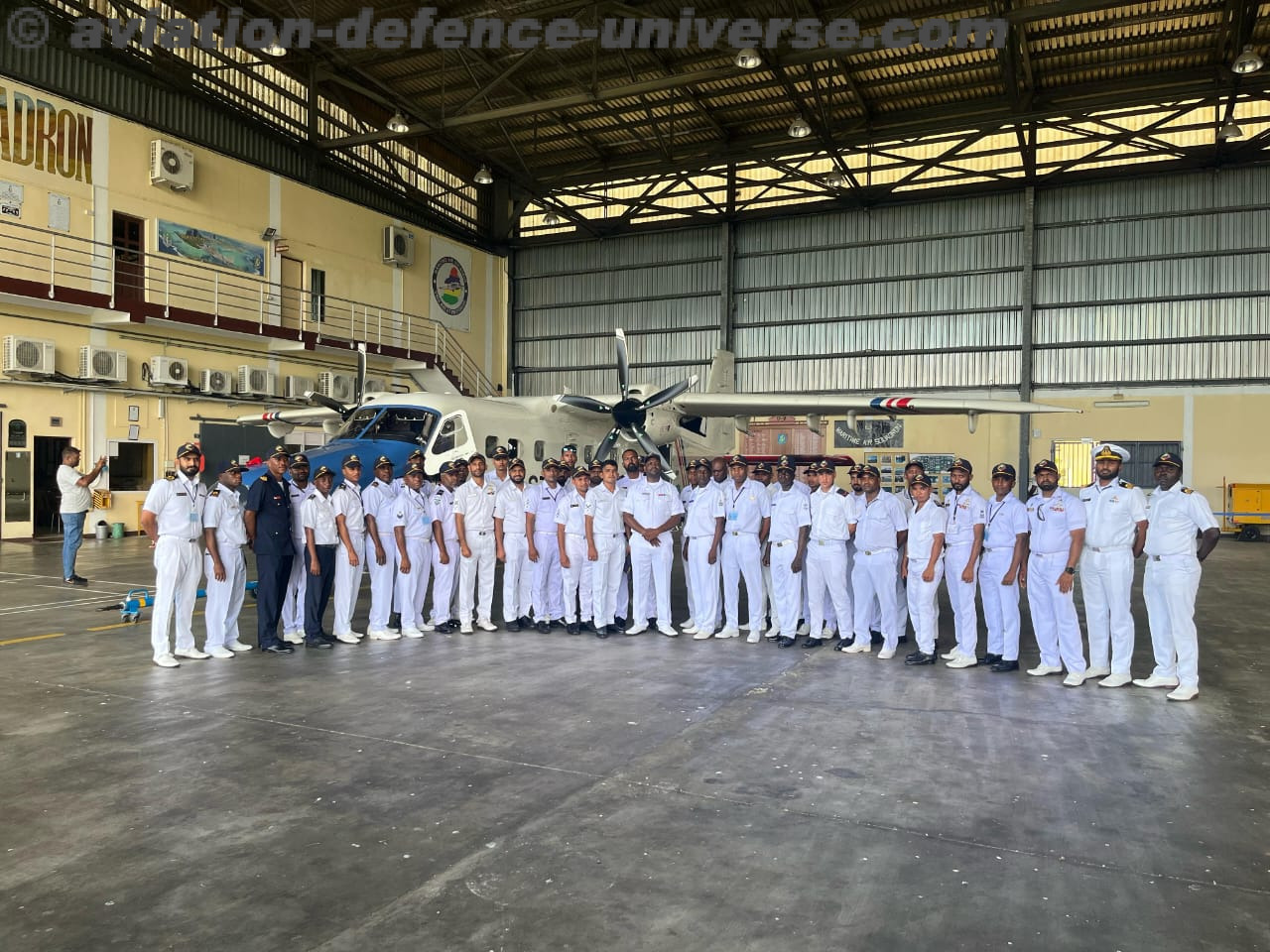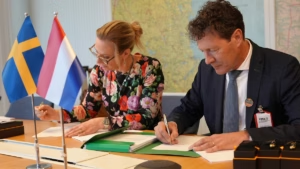New Delhi. 23 January 2023. COAI, the apex industry body for the Digital Communications ecosystem in the country, warmly compliments the Ministry of Defence (MoD) for coming out with the new progressive Right of Way (RoW) rules for rolling out mobile towers, optical fiber and other telecom infrastructure i.e., ‘Policy on Shared Communication Tower and Other Telecom Infrastructure to Extend Communication Network in Military Stations/Cantonments’, which has been long awaited. COAI also thanks the Department of Telecommunications (DoT) for playing an instrumental role in helping bring about this forward-looking measure through close inter-ministerial and inter-departmental coordination with the Ministry of Defence.
The Department of Telecommunications, along with COAI, have worked cohesively with the Ministry Defence towards the introduction of these enabling rules. The Ministry of Defence had constituted a committee in 2021 on the request of COAI, to examine the issues impacting the deployment of telecom infrastructure in defence lands/cantonment areas and suggest suitable modifications in the existing RoW Policy of the MoD to address the same. The Committee was constituted under the Chairmanship of DG (DGDE), with participation from officers of DGDE, DoT and COAI as part of the same. The committee underwent extensive deliberations wherein the industry, represented by COAI, had requested that the MoD policy/rules be aligned in letter and spirit to the DoT RoW Rules of 2016, and any amendment made to the same thereafter, besides recommending simplification of processes through web-based single-window application system, deemed approval mechanism for the application, permission for laying OFC, among others.
Based on the recommendations of the Committee, MoD has, most commendably, revised its policy to align it with the Central RoW guidelines of the DoT of 2016 and its amendments, thereby creating the path for faster and efficient deployment of telecom infrastructure in defence owned land and establishments across the country, including the newly arrived 5G.
Some of the favourable amendments made in the policy basis alignment with the DoT’s RoW Rules are briefly as follows:
- a)Online portal for electronic application processing, which will be integrated with the national portal of DoT, having a deemed approval mechanism of 60 days.
- b)Process for OFC laying in Military Stations/Cantonments.
- c)Deemed sanction will be provided only if the application is also on the ‘Gati Shakti Sanchar’ portal and an alert will be sounded to the DGDE/Army Headquarter if there is no response from the cantonment board or station headquarter to an application after 45 days have passed.
- d)Now that the MoD policy is aligned to the RoW Rules 2016 and its amendment dated Oct 2021, it is understood that the provisions w.r.t. use of street furniture for deployment of small cells and aerial fiber will be accordingly applicable.
The new framework has simplified the existing regime, making it less tedious and time consuming. With these facilitative steps and enabling rules, proliferation of telecom infrastructure in areas inside cantonments and the other areas under the defence will have far reaching benefits for the residents and users who have been facing challenges in getting basic telecom connectivity. Besides access to telecom connectivity and data services, the advent of the much-anticipated 5G technology will also additionally bring about improved quality of experience and faster data speeds for the users. Given that defence owned land and establishments comprise a considerable and important part of the country’s citizenry, the expansive rollout of telecom infrastructure will bring about betterment and gains for the people.
This collaborative working between MoD, DoT, and industry (COAI) is a splendid example on overcoming hurdles with the joint involvement and efforts by vital stakeholders. This sets a brilliant precedent for more such productive collaborations to come in the future. Given that 5G will transcend beyond traditional telecom and be an enabler for various other verticals in terms of enhancing efficiencies and outputs for the industries, this also sets an excellent example which can be enumerated by other central ministries/agencies like Road Transport and Highways, Power, Civil Aviation, Housing and Urban Development, Metros, etc. to work towards enhancing the digital prowess of their respective sectors through greater proliferation and penetration of telecom, and towards overall progress to achieve the collective “Digital India” vision of the nation.












